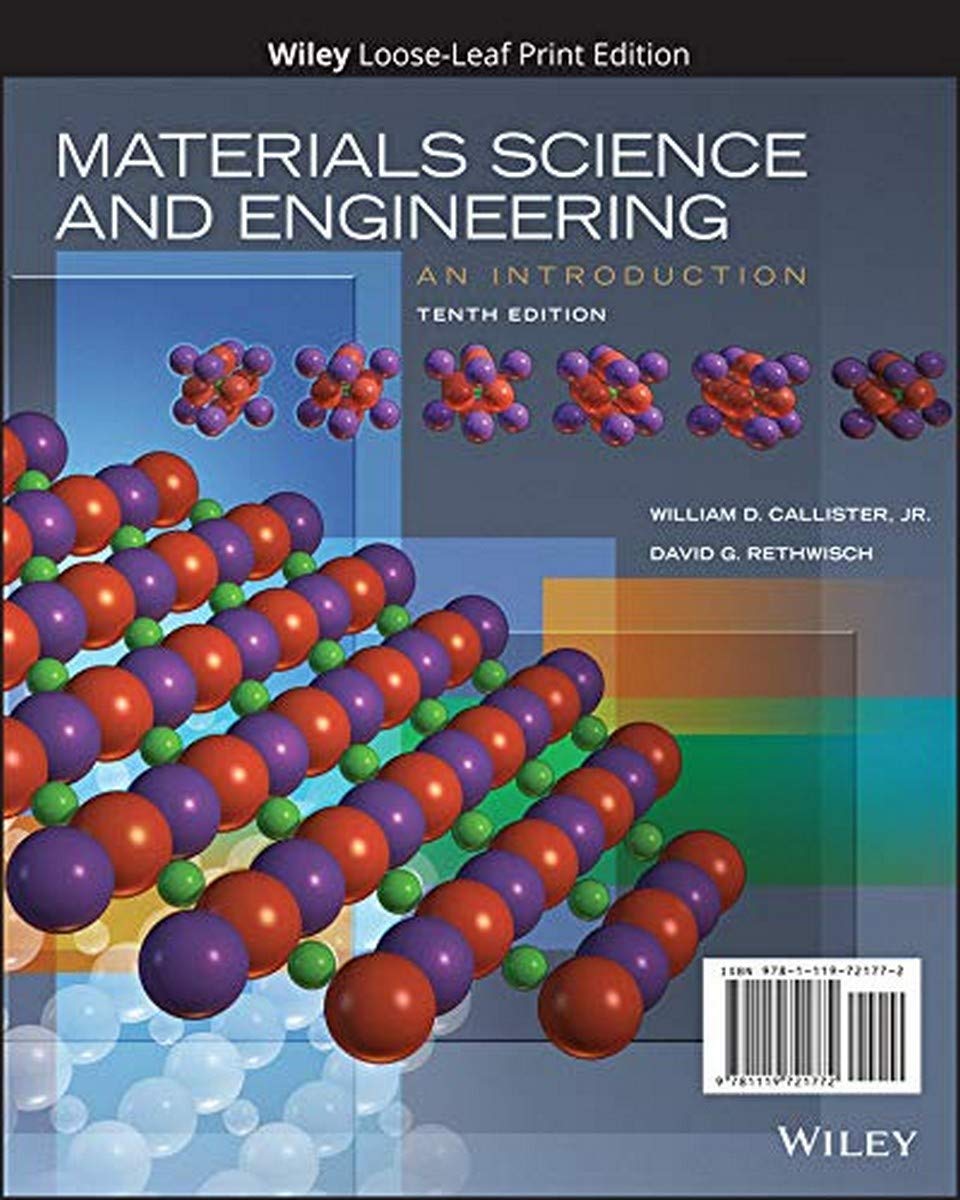thanhtrungtrankim
New member

[Nhận Ngay Ưu Đãi Siêu Hấp Dẫn Khi Đặt Mua Ngay!]: (https://shorten.asia/qA9g9JCY)
None
=======================================
[Nhận Ngay Ưu Đãi Siêu Hấp Dẫn Khi Đặt Mua Ngay!]: (https://shorten.asia/qA9g9JCY)
=======================================
**Materials Science and Engineering: An Introduction**
#materialsscience #Engineering #education
**Summary**
This article provides a brief overview of the field of materials science and engineering, including its history, key concepts, and applications. It also discusses the different types of materials and their properties, and how materials scientists and engineers work to develop new materials with improved properties.
**Introduction**
Materials science and engineering is the study of the properties and behavior of materials, and how to use them to create new products and technologies. It is a multidisciplinary field that draws on the principles of physics, chemistry, and engineering.
Materials scientists and engineers work to develop new materials with improved properties, such as strength, toughness, corrosion resistance, and electrical conductivity. They also work to find new ways to use existing materials, such as developing new ways to recycle plastics.
Materials science and engineering is a rapidly growing field, with new materials and technologies being developed all the time. This growth is driven by the increasing demand for new materials in a wide range of applications, such as:
* **Electronics:** Materials scientists and engineers are developing new materials for use in electronic devices, such as semiconductors, displays, and batteries.
* **Transportation:** Materials scientists and engineers are developing new materials for use in transportation, such as lightweight metals and composites for cars and airplanes.
* **Construction:** Materials scientists and engineers are developing new materials for use in construction, such as fire-resistant materials and self-healing concrete.
* **Medicine:** Materials scientists and engineers are developing new materials for use in medical devices, such as implants and drug delivery systems.
**History of Materials Science and Engineering**
The history of materials science and engineering can be traced back to the early days of civilization, when humans began to use materials such as wood, stone, and metals to create tools and weapons. However, it was not until the 19th century that materials science and engineering began to emerge as a distinct field of study.
In the 19th century, scientists and engineers began to develop a better understanding of the properties of materials, and how to use them to create new products and technologies. This led to the development of new materials such as steel, aluminum, and plastics.
In the 20th century, materials science and engineering continued to grow rapidly, with the development of new materials such as semiconductors, composites, and ceramics. These new materials made possible the development of new technologies such as computers, cell phones, and automobiles.
Today, materials science and engineering is a vital field that is essential to the development of new products and technologies. Materials scientists and engineers work in a wide range of industries, including aerospace, automotive, electronics, and construction.
**Key Concepts in Materials Science and Engineering**
There are a number of key concepts that are essential to understanding materials science and engineering. These include:
* **Structure:** The structure of a material is determined by the arrangement of its atoms and molecules. The structure of a material can have a significant impact on its properties, such as its strength, toughness, and electrical conductivity.
* **Properties:** The properties of a material are determined by its structure, composition, and processing. The properties of a material are important for determining how it can be used in different applications.
* **Processing:** The processing of a material is the way in which it is made. The processing of a material can have a significant impact on its properties.
**Types of Materials**
There are a wide variety of materials that are used in different applications. Some of the most common types of materials include:
* **Metals:** Metals are materials that are composed of elements that are typically shiny and good conductors of heat and electricity. Examples of metals include iron, copper, and aluminum.
* **Ceramics:** Ceramics are materials that are composed of inorganic compounds that are typically hard and brittle. Examples of ceramics include bricks, tiles, and porcelain.
* **Polymers:** Polymers are materials that are composed of long chains of molecules. Examples of polymers include plastics, rubbers, and fibers.
* **Composites:** Composites are materials that are made by combining two or more different materials. Examples of composites include fiberglass, carbon fiber, and concrete.
**Applications of Materials Science and Engineering**
Materials science and engineering is a multidisciplinary field that is essential to the development of new products and technologies. Materials scientists and engineers work in a wide range of industries, including aerospace, automotive, electronics, and construction.
Some of the most common applications of materials science and engineering include:
* **Electronics:** Materials scientists and engineers develop new materials for use in electronic devices, such as semiconductors, displays, and batteries.
* **Transportation:** Materials scientists and engineers develop new materials for use in transportation, such as lightweight metals and composites for cars and airplanes.
=======================================
[Đừng Chần Chừ - Mua Ngay để Nhận Nhiều Ưu Đãi!]: (https://shorten.asia/qA9g9JCY)






